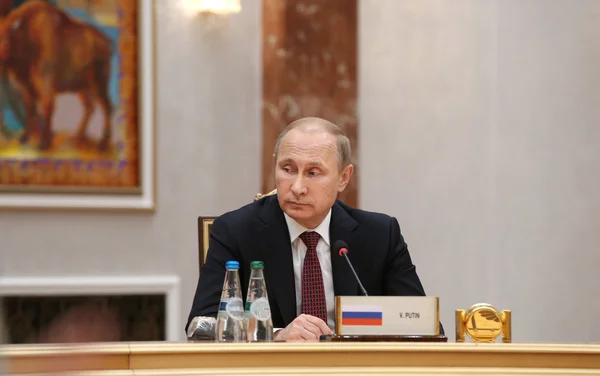
Could a single cargo flight signal a major shift in Middle East power dynamics? When one of the world’s largest military transport aircraft touched down under heavy guard in Tehran on a quiet flight, it wasn’t just an aviation curiosity-it was a geopolitical alarm bell. The November 2 landing of a Russian An-124 ‘Ruslan’ has catalyzed speculation that Moscow is accelerating covert weapons deliveries to Iran, perhaps in an effort to shift the balance of power against the United States and Israel.
This development comes amidst a very volatile backdrop the collapse of the Israel-Iran ceasefire, US airstrikes on Iranian nuclear sites, and a new Russian-Iranian strategic embrace in defiance of the reimposed UN sanctions. The emerging arms pipeline, from advanced air defense systems to ballistic missile propellant shipments, speaks as much about deterrence as about defiance. The following ten points show how these moves are reshaping Iran’s military posture and what they mean for the next confrontation.
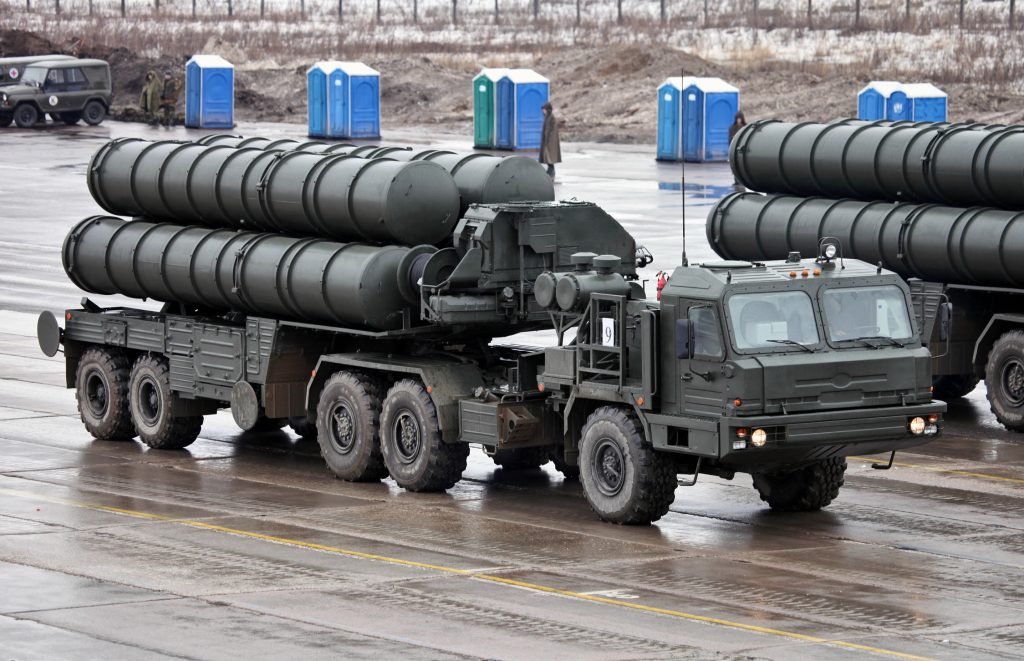
1. Covert Airlift of Strategic Weapons
Satellite imagery and open-source flight tracking confirm the unusual arrival of a Russian An-124 at Tehran’s Mehrabad Airport, with IRGC personnel securing the perimeter during refueling and cargo handling. Analysts link the mission to deliveries of S-400 missile components and Su-35 fighter jets under a classified deal. The aircraft’s departure from Russian defense hubs reinforces suspicions of a high-value arms transfer timed to coincide with Iranian missile tests and heightened Israeli–Hezbollah clashes.

2. Iran’s Missile Doctrine Expands
The former IRGC commander Mohammad Ali Jafari has thus explained that Iran’s post-Iran-Iraq War strategy deliberately prioritized missile and drone capabilities over conventional forces to counter U.S. and Israeli superiority. This doctrine relies on low-cost and rapidly deployable systems to offset technological gaps. Combat experience-from the 2017 strike on ISIS to the True Promise operations against Israel-has been used to refine accuracy, with current efforts focused on maneuverable reentry vehicles and reduced circular error probable.
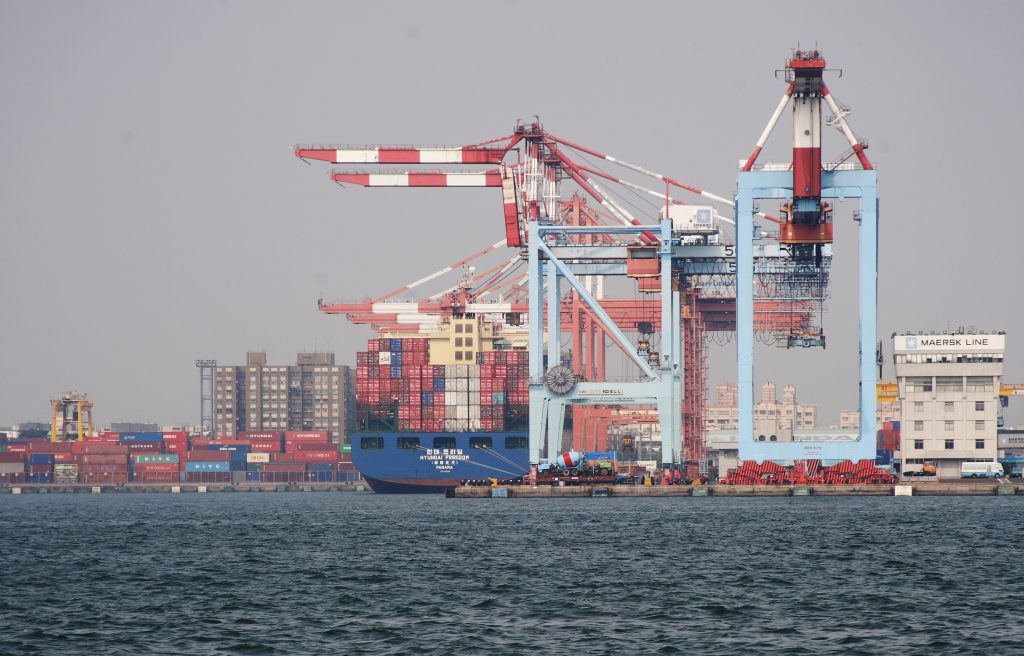
3. Chinese Chemical Shipments Fueling Missile Production
European intelligence has tracked at least 2,000 tons of sodium perchlorate arriving in Iran from China since late September despite the UN ‘snapback’ sanctions. The chemical, a precursor for solid propellant, could enable production of about 500 medium-range missiles. Western officials warn that the opaque shipping networks used often via sanctioned vessels and front companies mirror Iran’s sanctioned oil trade tactics, complicating enforcement.

4. Leaked Plans for a Su-35 Fighter Fleet
Documents reportedly from Rostec indicate that Tehran aims to purchase 48 Su-35 multirole fighters, whose delivery would be staged through 2028. If confirmed, the $686 million program would include Khibiny-M electronic warfare suites and would greatly boost Iran’s air combat and defensive capabilities. The deal follows recent deliveries of MiG-29s and comes after this year’s signing of the Iran–Russia Comprehensive Strategic Partnership Treaty.

5. Russian Defiance of UN Sanctions
Moscow’s opposition to the E3-driven ‘snapback’ procedure is anything but symbolic. By refusing to implement the pre-2015 UN sanctions, Russia retains the option of delivering advanced systems and technical support to Tehran. Russian diplomats insist that the sanctions do not carry legal weight, while using their position at the UN Security Council to block enforcement measures, such as restoring the 1737 Sanctions Committee.

6. Integration of Air and Naval Readiness
Recent inspections by senior Iranian commanders, such as Brigadier General Ahmad Vahidi and Major General Mohammad Pakpour, have focused on airbases, missile units, and naval outposts. Among the places visited are the Sejjil drone units of the IRGC and strategic islands like Abu Musa and Siri, which control maritime access to the Persian Gulf. These visits underline an effort to integrate missile, drone, and naval capabilities into one unified deterrence posture.
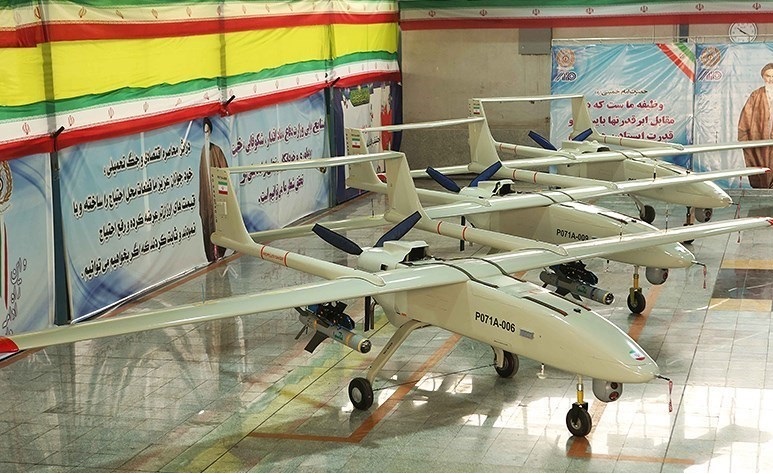
7. The Venezuelan Request for Iranian Drones
Internal U.S. documents show that Venezuela requested Iranian drones with 1,000 km reach, GPS jammers, and passive detection systems. Though Iran has traditionally cooperated with Caracas including producing the Mohajer-6 the scope of the post-war losses (more than 950 drones destroyed by Israel) raises serious questions about Tehran’s ability to export without compromising its own rearmament.
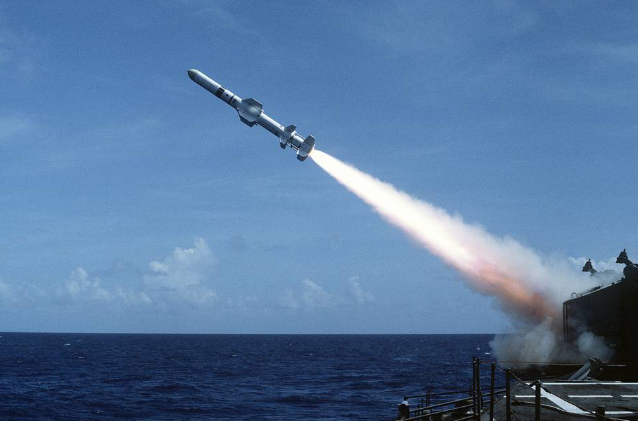
8. Strait of Hormuz as a Strategic Lever
Jafari has said on several occasions that Iran will close the Strait of Hormuz if its vital infrastructure is attacked. Equipped with newly developed anti-ship cruise missiles fitted with automated guidance and drawing on experience from Houthi strikes against moving vessels, in a future conflict Iran could pose a credible threat to global energy flows, raising the stakes for U.S. and allied naval forces.

9. Aftermath of the 2024 Israel–Iran War
The 12-day conflict exposed vulnerabilities in Iran’s air defenses and missile production, prompting direct U.S. strikes on nuclear sites. While the Trump administration claimed to have set back Iran’s enrichment program, the IAEA assessed the delay as only months. This has reinforced Tehran’s urgency in securing advanced Russian systems and replenishing missile stocks.
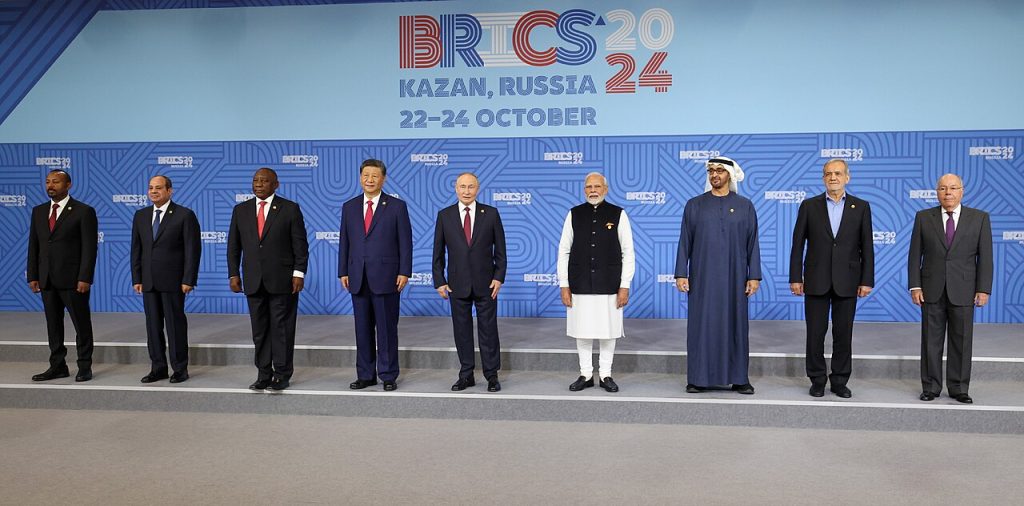
10. Geopolitical Realignment toward Moscow and Beijing
Iran’s accelerated ‘Look East’ policy, undergirded by BRICS+ and SCO membership, is deepening its ties with both Russia and China. A sense of Western unreliability-perhaps crystallized in European support for Israel during the war-has led to the sidelining of pro-engagement voices within Tehran. Nevertheless, frictions persist, especially related to Russia’s balancing act with Israel and the Gulf states. The convergence of covert arms transfers, strategic doctrine, and geopolitical realignment is changing Iran’s military profile more quickly than many had anticipated.
As Tehran embeds Russian technology into its air defense and strike capabilities, it is doing more than making up for wartime losses Tehran positions itself for a more assertive role in the region’s next crisis. For Washington, Tel Aviv, and their allies, countering the challenge will be to a defense network no longer built in isolation-but forged in partnership with Moscow and sustained by a supply chain that spans from the Black Sea to the South China Sea.

